Home>Furniture & Design>Bathroom Accessories>How To Brush Your Tongue With A Toothbrush
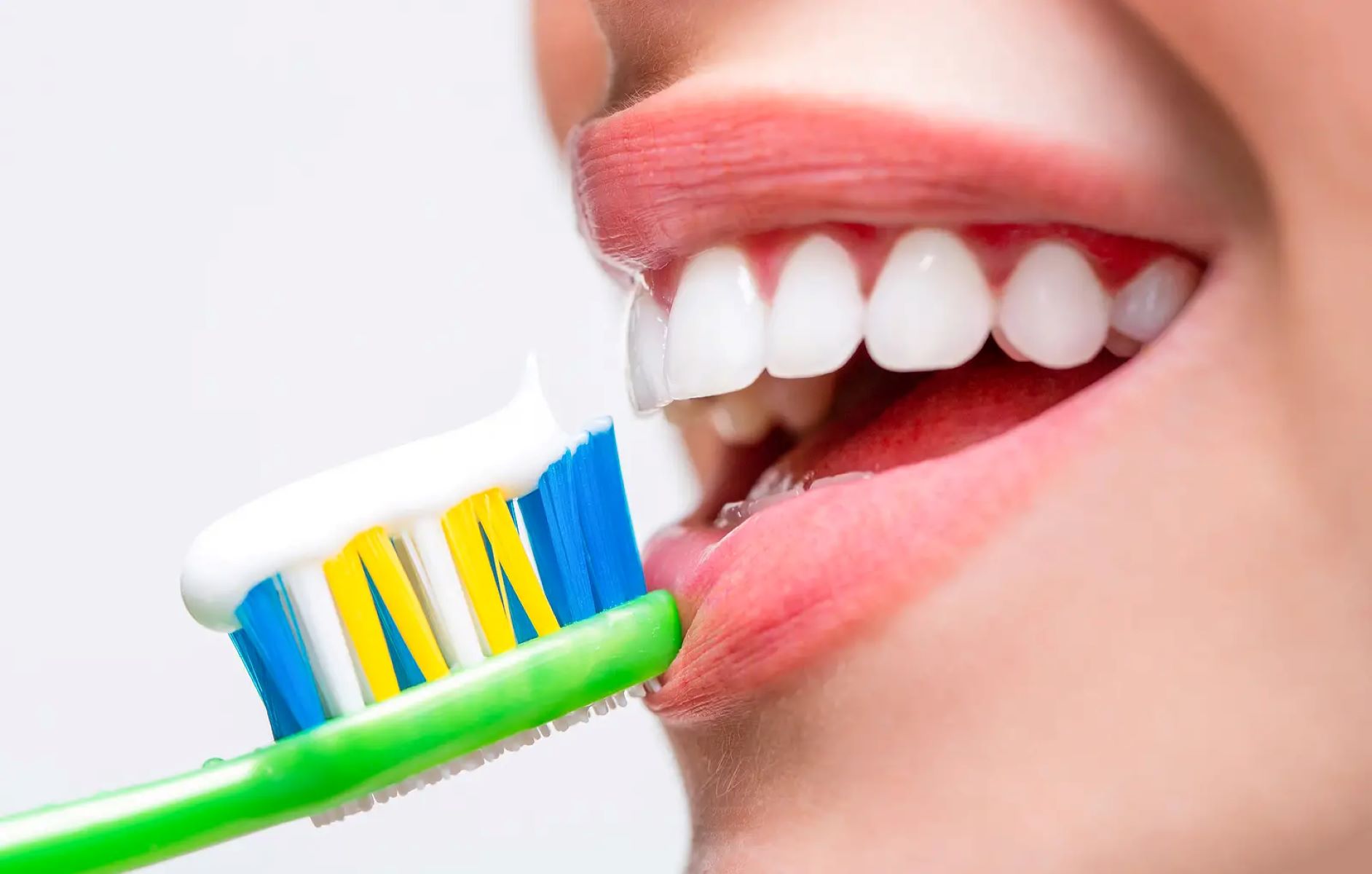

Bathroom Accessories
How To Brush Your Tongue With A Toothbrush
Modified: February 18, 2024
Learn the proper technique for brushing your tongue with a toothbrush to improve oral hygiene and freshen your breath. Find the best bathroom accessories for maintaining a healthy mouth.
(Many of the links in this article redirect to a specific reviewed product. Your purchase of these products through affiliate links helps to generate commission for Storables.com, at no extra cost. Learn more)
Importance of Tongue Brushing
Tongue brushing is an essential yet often overlooked aspect of oral hygiene. While many people diligently brush their teeth, they may not realize that neglecting their tongue can lead to oral health issues and unpleasant breath. The tongue's surface is a haven for bacteria, food particles, and dead cells, making it a breeding ground for bad breath and potential oral health problems.
When you brush your tongue, you effectively remove the buildup of bacteria, food debris, and dead cells that can accumulate on its surface. This not only helps to improve your breath but also contributes to overall oral health. By incorporating tongue brushing into your daily oral care routine, you can reduce the risk of developing oral infections and maintain a healthier mouth.
Furthermore, tongue brushing can enhance the effectiveness of your overall oral hygiene routine. When bacteria and debris accumulate on the tongue, they can spread to the teeth and gums, contributing to plaque formation and potential gum disease. By keeping your tongue clean, you can help prevent these issues and support the long-term health of your teeth and gums.
In addition to the oral health benefits, tongue brushing can also enhance the overall sensory experience of eating and drinking. A clean tongue can improve your ability to taste and enjoy food, as it removes the layer of residue that can dull your taste buds. This can lead to a heightened enjoyment of flavors and a more pleasurable eating experience.
In summary, tongue brushing plays a crucial role in maintaining oral health, preventing bad breath, and enhancing the sensory experience of consuming food and beverages. By recognizing the importance of including tongue brushing in your daily oral care routine, you can contribute to a healthier mouth and a more enjoyable overall sensory experience.
Key Takeaways:
- Don’t forget your tongue! Brushing your tongue is crucial for fresh breath and overall oral health. It can also enhance your enjoyment of food by improving your ability to taste flavors.
- Choose a soft-bristled toothbrush with a small head for effective tongue cleaning. Gentle pressure, thorough coverage, and regular replacement are key for a healthier mouth.
Choosing the Right Toothbrush for Tongue Cleaning
Selecting the appropriate toothbrush for tongue cleaning is a crucial step in optimizing your oral hygiene routine. When it comes to tongue brushing, certain toothbrush features can significantly impact its effectiveness in removing bacteria and debris from the tongue's surface.
Bristle Type
When choosing a toothbrush for tongue cleaning, opt for one with soft bristles. Soft bristles are gentle on the delicate tissues of the tongue while effectively removing bacteria and debris. Harsh or stiff bristles can potentially cause irritation or damage to the tongue, leading to discomfort and potential oral health issues.
Head Size and Shape
Consider the size and shape of the toothbrush head. A smaller head can provide better maneuverability and access to hard-to-reach areas of the tongue, ensuring thorough cleaning. Additionally, a toothbrush with a tapered or contoured head can conform to the shape of the tongue, facilitating more efficient removal of buildup along its surface.
Texture and Design
Some toothbrushes feature specialized textures or design elements specifically intended for tongue cleaning. Look for toothbrushes with a textured back or raised cleaning bumps on the bristle surface. These features can enhance the cleaning action and help dislodge bacteria and debris from the tongue's surface, promoting a more thorough cleaning process.
Manual vs. Powered Toothbrushes
Both manual and powered toothbrushes can be effective for tongue cleaning. When using a manual toothbrush, focus on gentle, circular motions to clean the entire surface of the tongue. Powered toothbrushes, especially those with specific tongue-cleaning modes or attachments, can offer added convenience and may provide a more thorough cleaning experience.
Replacement Frequency
Regardless of the type of toothbrush chosen for tongue cleaning, it is essential to replace the toothbrush or brush head regularly. Over time, bristles can wear down, reducing their effectiveness in cleaning the tongue. Regularly replacing the toothbrush or brush head ensures optimal cleaning performance and helps maintain oral hygiene.
By carefully considering these factors when selecting a toothbrush for tongue cleaning, you can enhance the effectiveness of your oral hygiene routine and promote a healthier mouth. Choosing the right toothbrush tailored to tongue cleaning can contribute to more thorough removal of bacteria and debris, ultimately supporting improved oral health and fresher breath.
Step-by-Step Guide to Brushing Your Tongue
-
Prepare Your Toothbrush: Begin by selecting a toothbrush with soft bristles and a small, tapered head. Apply a pea-sized amount of toothpaste to the bristles. If you have a specialized tongue cleaner or scraper, ensure it is clean and ready for use.
-
Positioning: Stand in front of a mirror and open your mouth comfortably. Extend your tongue slightly to expose its surface. If using a toothbrush, hold it firmly but gently to avoid causing discomfort or triggering the gag reflex.
-
Brushing Technique: With the toothbrush or tongue cleaner, start at the back of the tongue and work your way forward. Use gentle pressure to avoid irritation. Employ smooth, sweeping motions from the base of the tongue to the tip, covering the entire surface. If using a toothbrush, consider using the textured back or raised cleaning bumps for added effectiveness.
-
Rinsing: Periodically rinse the toothbrush or tongue cleaner to remove dislodged debris and toothpaste residue. This ensures that you are not redistributing bacteria and debris across the tongue's surface.
-
Repeat and Rinse: Continue the brushing process for approximately 30 seconds to one minute, ensuring thorough coverage of the entire tongue surface. If using a toothbrush, consider brushing the roof of the mouth and the insides of the cheeks to further reduce bacteria and debris in the oral cavity.
-
Rinse and Clean: After completing the tongue brushing process, thoroughly rinse your mouth with water to remove any remaining toothpaste, debris, and bacteria. Gently clean your toothbrush or tongue cleaner to remove any accumulated residue.
-
Hydrate: Following tongue brushing, consider drinking a glass of water to further cleanse the mouth and hydrate the tongue. Staying hydrated can help maintain saliva production, which plays a vital role in naturally cleansing the mouth and combating bacteria.
Incorporating this step-by-step guide into your daily oral care routine can significantly contribute to improved oral hygiene and fresher breath. By following these simple yet effective steps, you can ensure thorough cleaning of the tongue, reducing the buildup of bacteria and debris and promoting a healthier oral environment.
Tips for Effective Tongue Cleaning
-
Consistency is Key: Make tongue cleaning a daily habit as part of your oral hygiene routine. Consistent cleaning helps prevent the accumulation of bacteria and debris, contributing to long-term oral health and fresher breath.
-
Gentle Pressure: When brushing your tongue, use gentle pressure to avoid causing discomfort or triggering the gag reflex. A light touch is sufficient to effectively remove bacteria and debris without causing irritation.
-
Thorough Coverage: Ensure that you cover the entire surface of the tongue during cleaning. Pay attention to the back of the tongue, where bacteria and debris often accumulate, and work your way forward to the tip. Thorough coverage maximizes the effectiveness of the cleaning process.
-
Regular Replacement: Regularly replace your toothbrush or tongue cleaner to maintain optimal cleaning performance. Over time, bristles can wear down, reducing their ability to effectively remove bacteria and debris from the tongue's surface.
-
Hydration: Stay hydrated throughout the day to support saliva production, which naturally cleanses the mouth and helps combat bacteria. Drinking water after tongue cleaning can further rinse away dislodged debris and toothpaste residue.
-
Tongue Scrapers: Consider using a specialized tongue scraper in addition to or instead of a toothbrush for tongue cleaning. Tongue scrapers are designed to efficiently remove bacteria and debris from the tongue's surface, complementing the cleaning action of a toothbrush.
-
Mouthwash: Incorporate an antimicrobial mouthwash into your oral care routine to further reduce bacteria in the mouth, including on the tongue. Look for mouthwashes specifically formulated for tongue cleaning to enhance the overall effectiveness of your oral hygiene routine.
-
Professional Guidance: If you have specific oral health concerns or conditions such as persistent bad breath or a coated tongue, consult a dental professional. They can provide personalized guidance on effective tongue cleaning techniques and recommend specialized oral care products if necessary.
By implementing these tips for effective tongue cleaning, you can optimize your oral hygiene routine and promote a healthier mouth. Consistent and thorough tongue cleaning, combined with proper hydration and the use of specialized oral care products, can contribute to fresher breath and a reduced risk of oral health issues.
Potential Risks and Precautions for Tongue Brushing
While tongue brushing offers numerous benefits for oral health, it is essential to be mindful of potential risks and take necessary precautions to ensure a safe and effective cleaning process.
Potential Risks
Gag Reflex Stimulation
For some individuals, particularly those with a sensitive gag reflex, tongue brushing can trigger discomfort or the urge to gag. This can make the cleaning process challenging and may lead to incomplete cleaning of the tongue's surface.
Tongue Irritation
Aggressive or improper brushing techniques can potentially cause irritation to the delicate tissues of the tongue. Using excessive pressure or harsh bristles can result in discomfort, redness, or soreness, impacting the overall oral health experience.
Bacterial Redistribution
Inadequate rinsing during the cleaning process can lead to the redistribution of bacteria and debris across the tongue's surface. This can counteract the intended cleaning effect, potentially contributing to the spread of bacteria within the oral cavity.
Precautions
Gentle Brushing
Adopt a gentle brushing approach when cleaning the tongue. Use light pressure and smooth, sweeping motions to minimize the risk of irritation and discomfort. A gentle touch can effectively remove bacteria and debris without causing undue stress on the tongue's tissues.
Gradual Adaptation
For individuals with a sensitive gag reflex, gradually acclimating to tongue brushing can help reduce discomfort. Start with brief cleaning sessions and gradually increase the duration as tolerance improves. Over time, the gag reflex may become less sensitive, facilitating more thorough tongue cleaning.
Proper Rinsing
Ensure thorough rinsing of the mouth and the toothbrush or tongue cleaner during and after the cleaning process. This helps remove dislodged debris, toothpaste residue, and bacteria, preventing their redistribution and promoting a more effective cleaning outcome.
Regular Replacement
Regularly replace toothbrushes or tongue cleaners to maintain optimal cleaning performance. Worn-out bristles can become less effective in removing bacteria and debris, potentially compromising the cleaning process and oral hygiene maintenance.
Professional Guidance
Seek advice from a dental professional if you experience persistent discomfort, irritation, or oral health concerns related to tongue brushing. They can provide personalized recommendations and guidance to address specific challenges and optimize the tongue cleaning experience.
By being mindful of these potential risks and implementing necessary precautions, individuals can minimize discomfort, maximize the effectiveness of tongue brushing, and promote a healthier oral environment. Incorporating these precautions into the tongue cleaning routine can contribute to a more comfortable and beneficial oral hygiene experience.
Frequently Asked Questions about How To Brush Your Tongue With A Toothbrush
Was this page helpful?
At Storables.com, we guarantee accurate and reliable information. Our content, validated by Expert Board Contributors, is crafted following stringent Editorial Policies. We're committed to providing you with well-researched, expert-backed insights for all your informational needs.
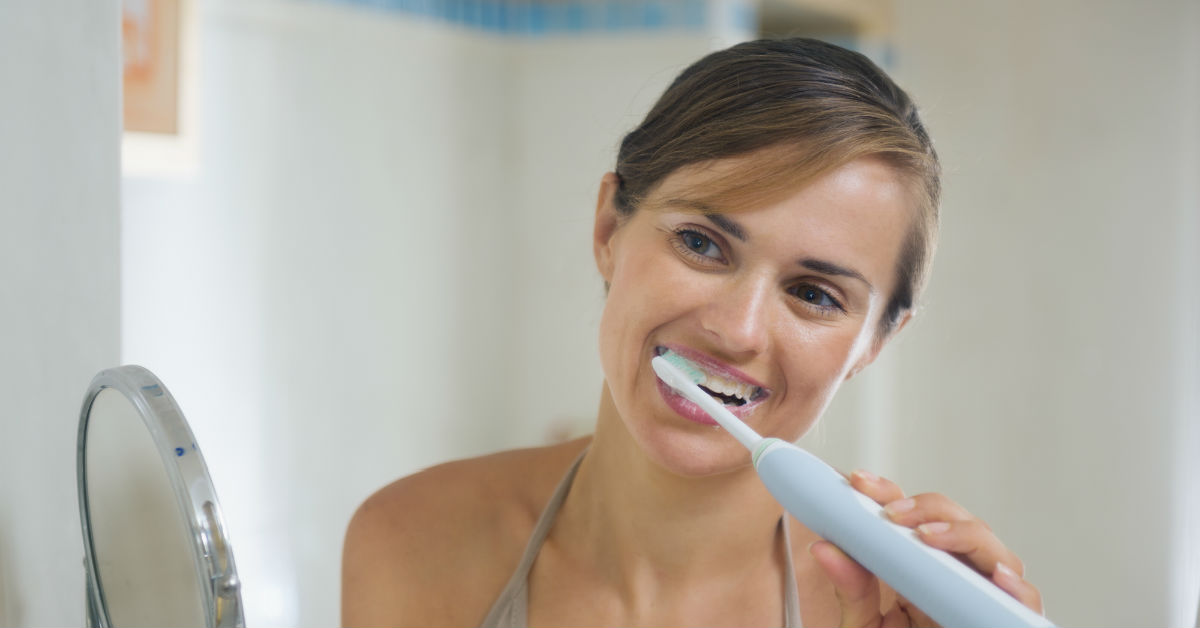
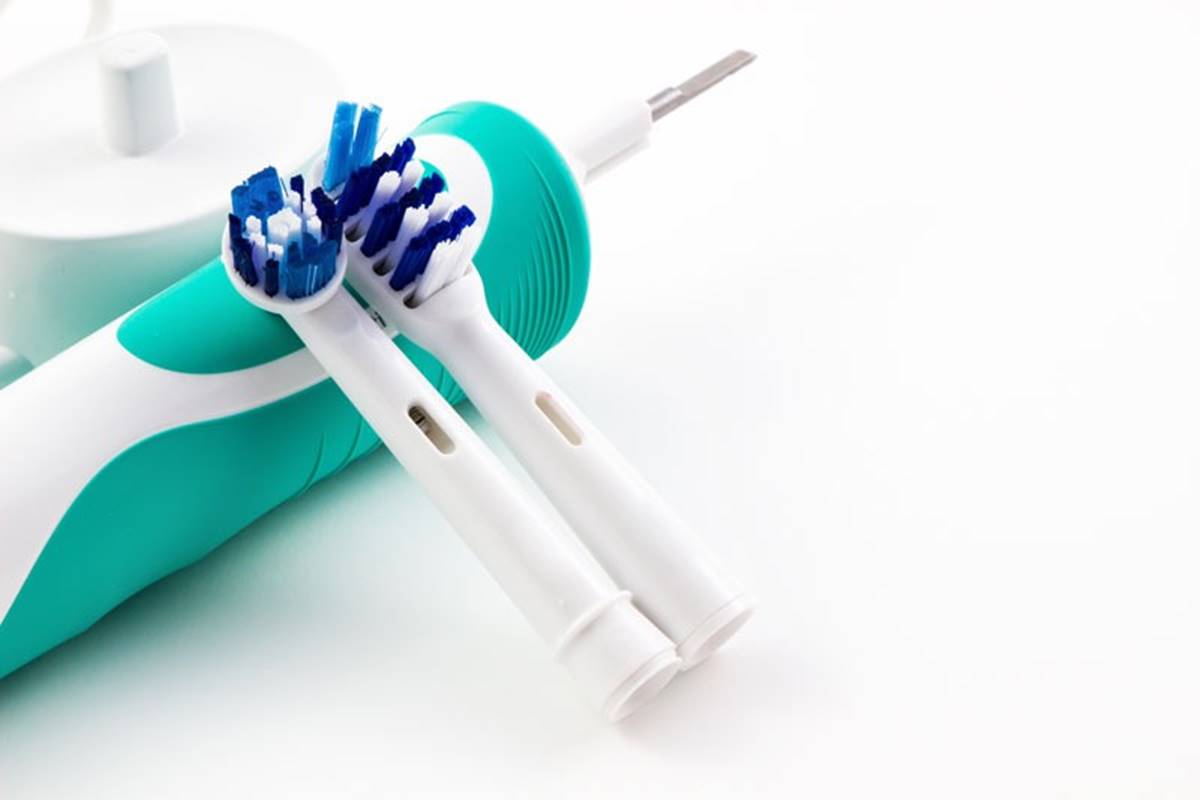
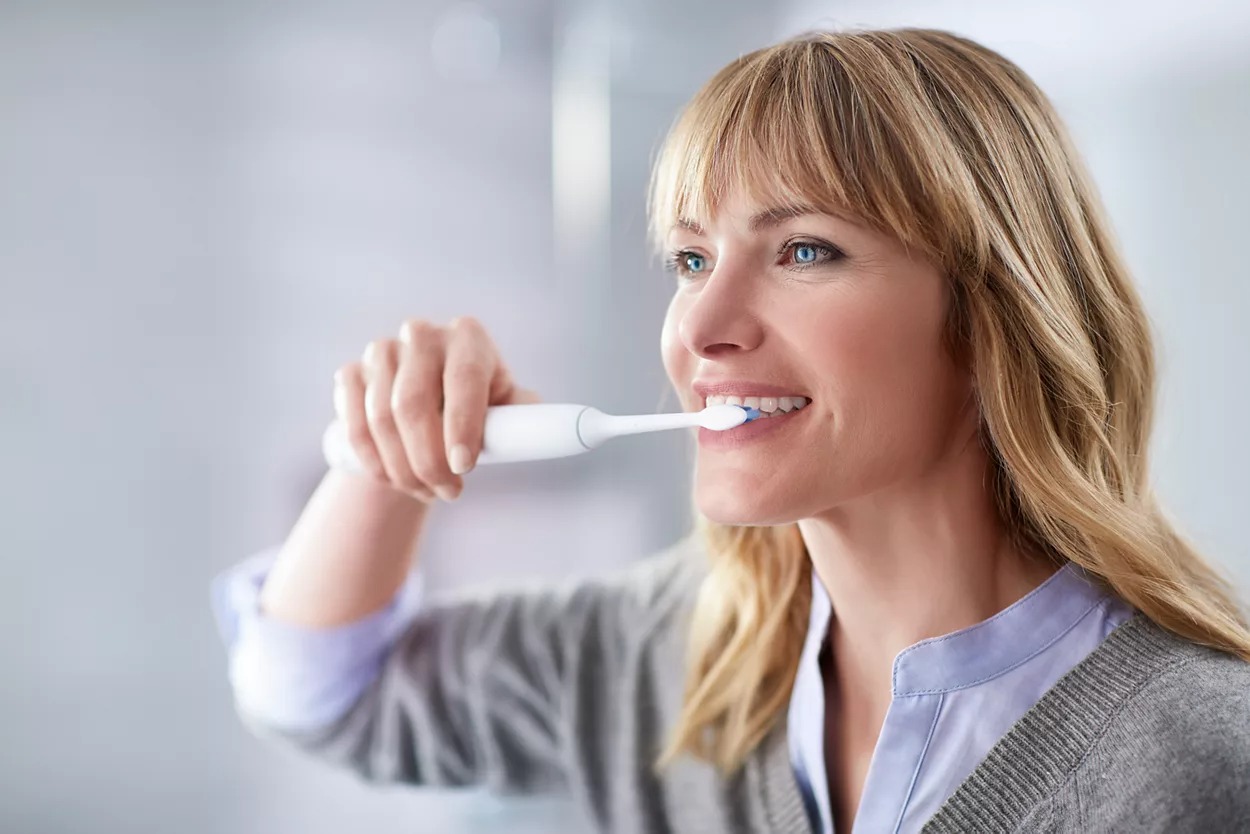
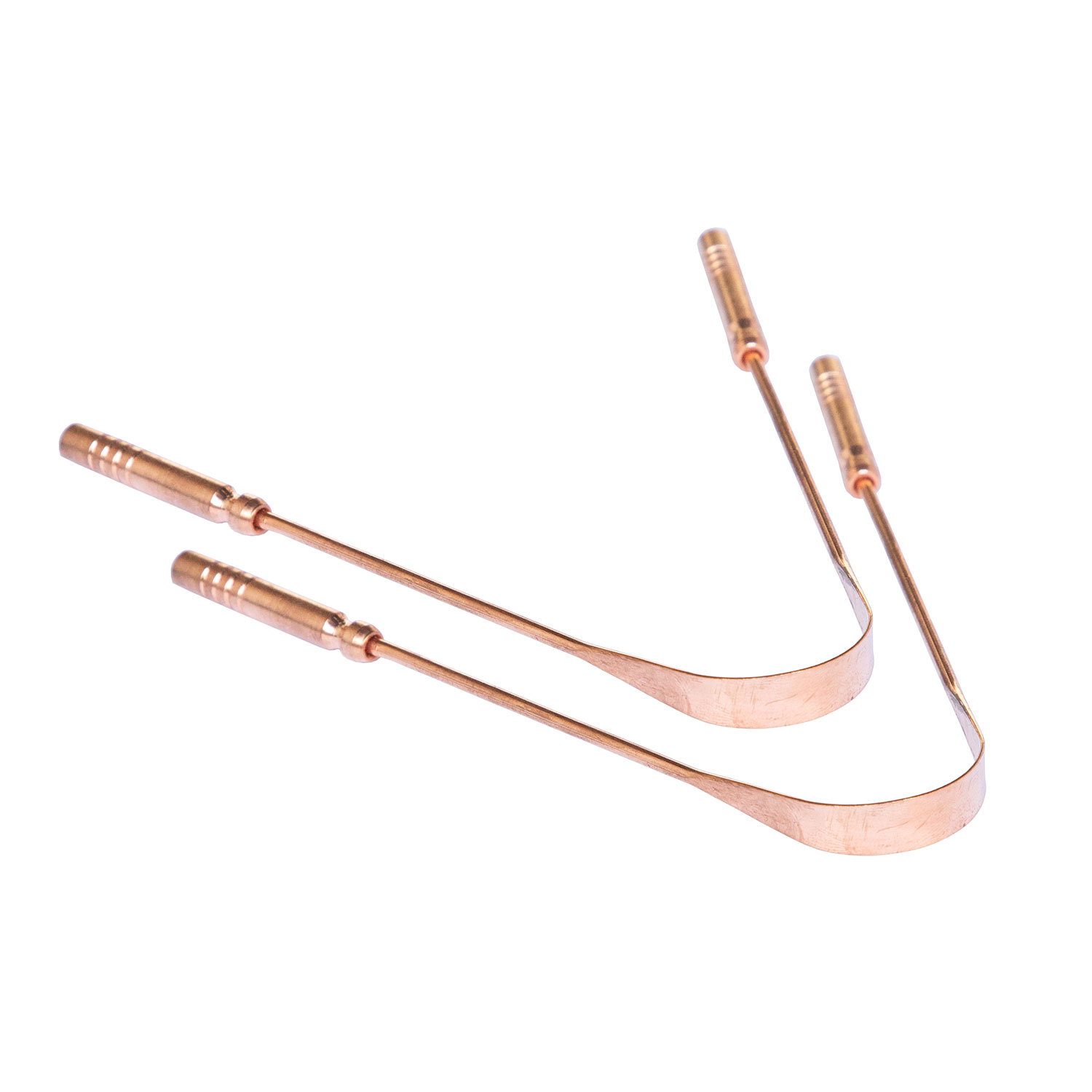
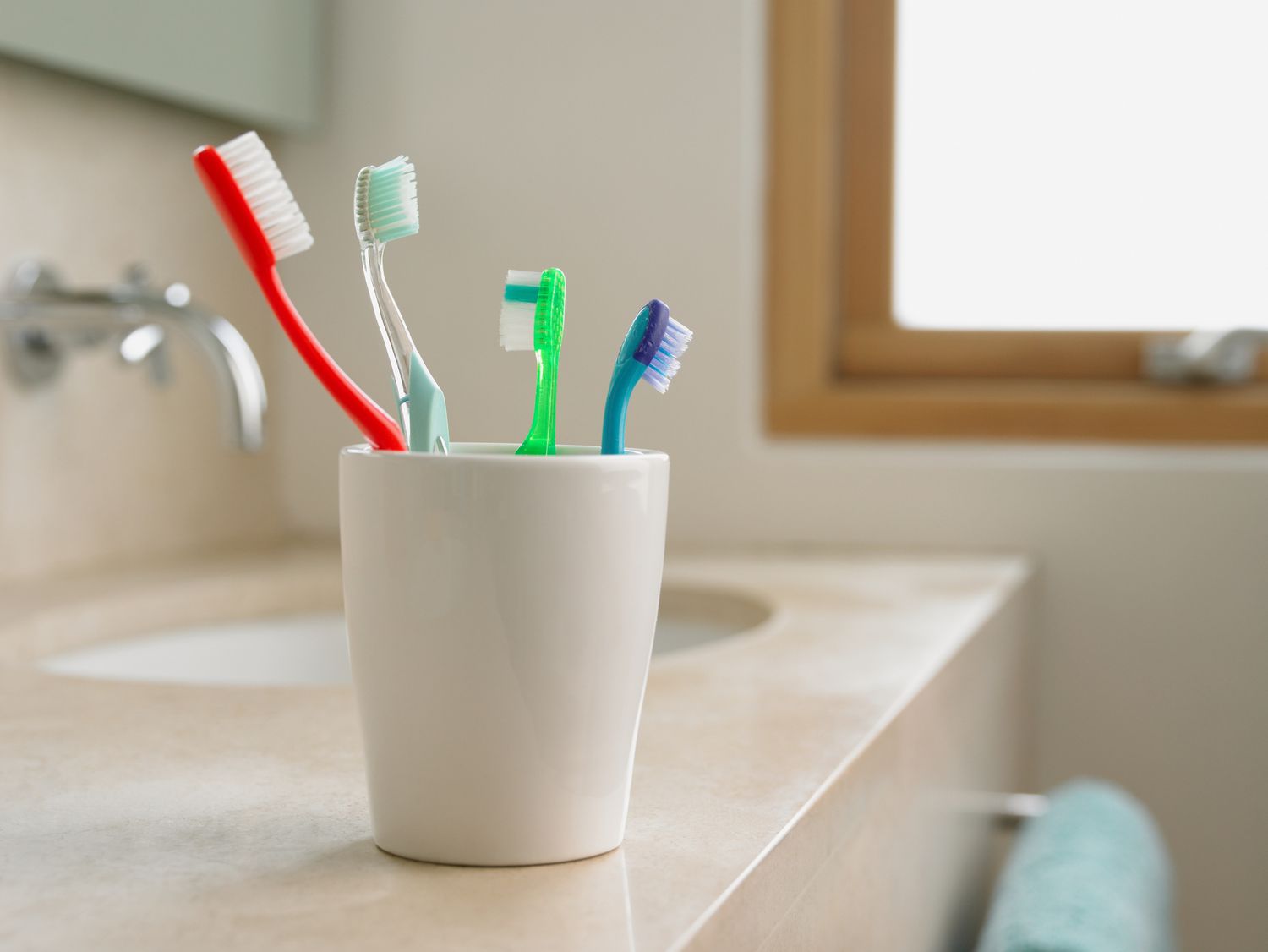
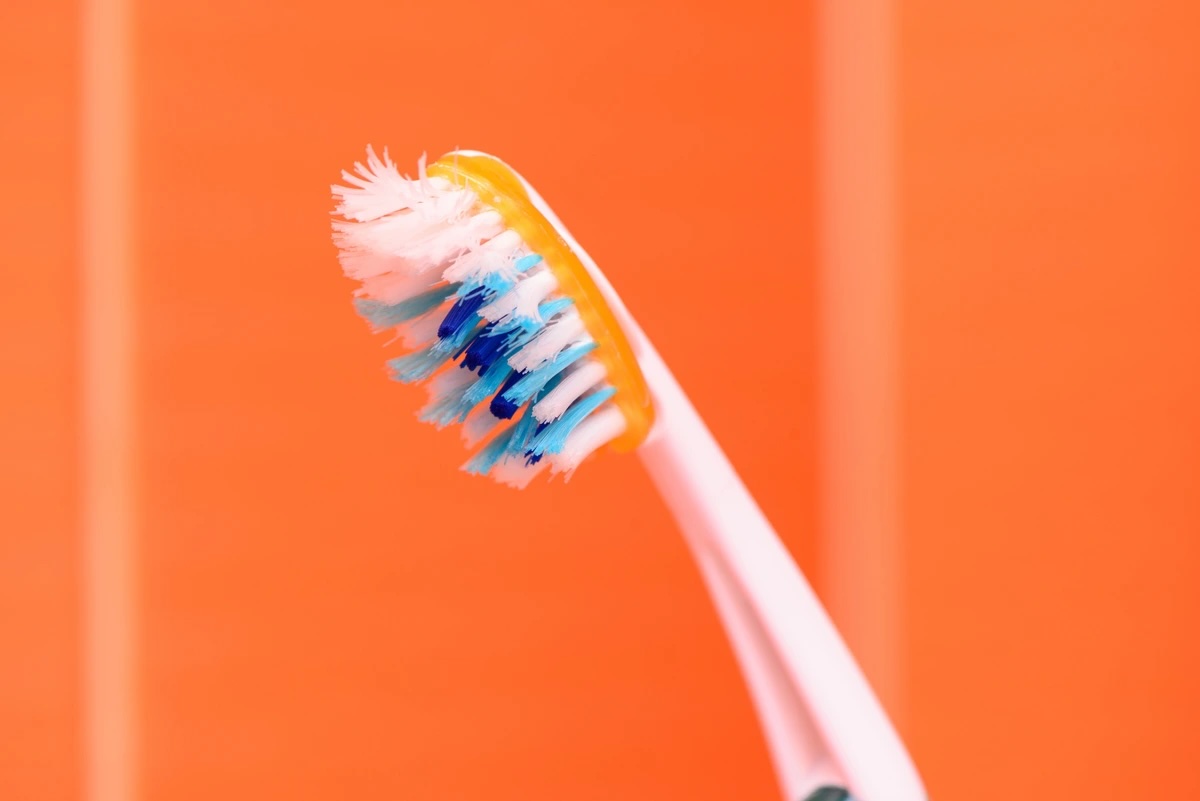
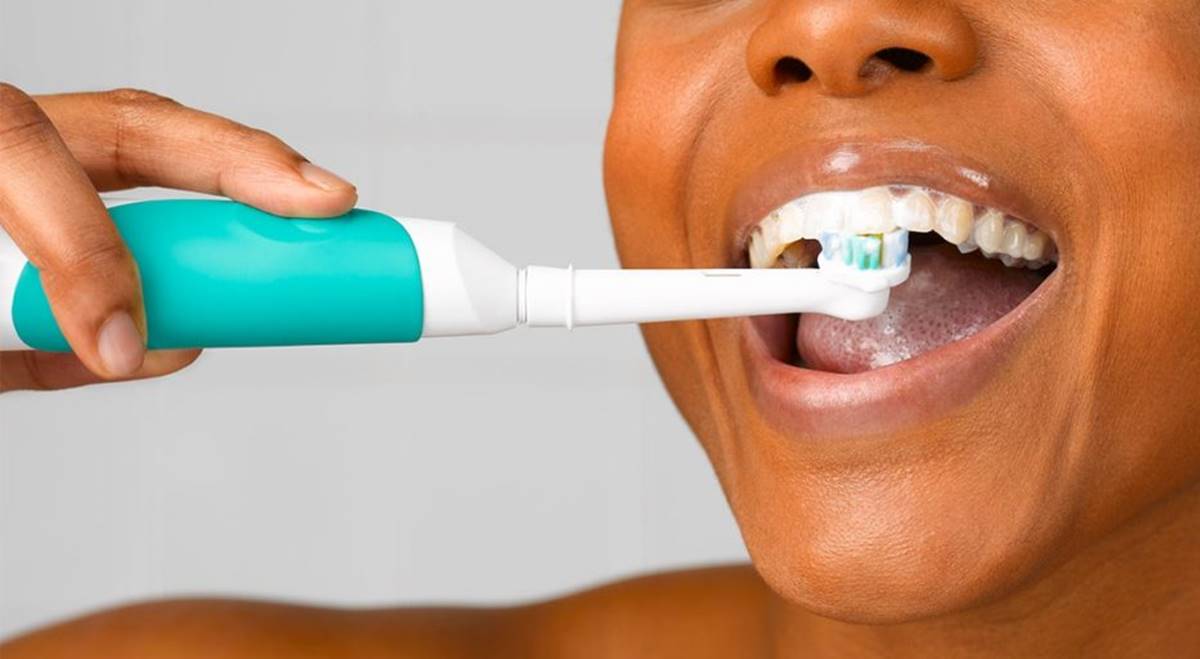
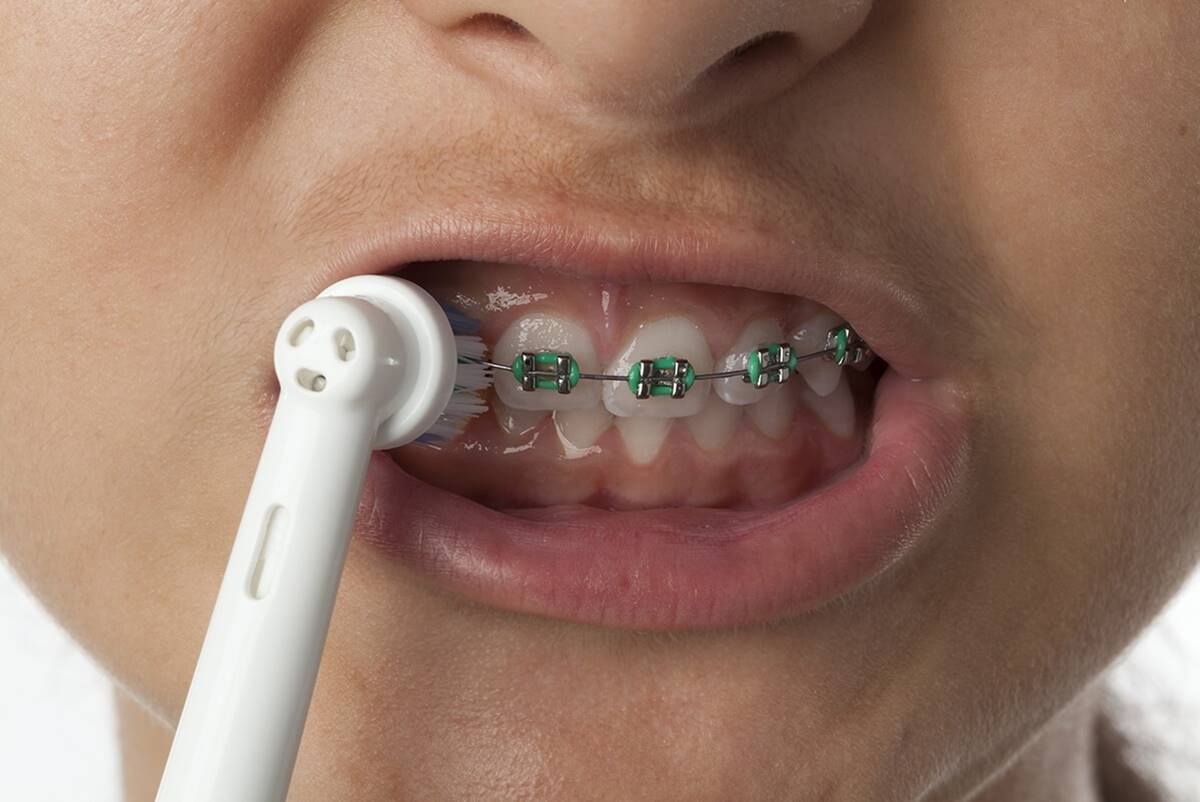
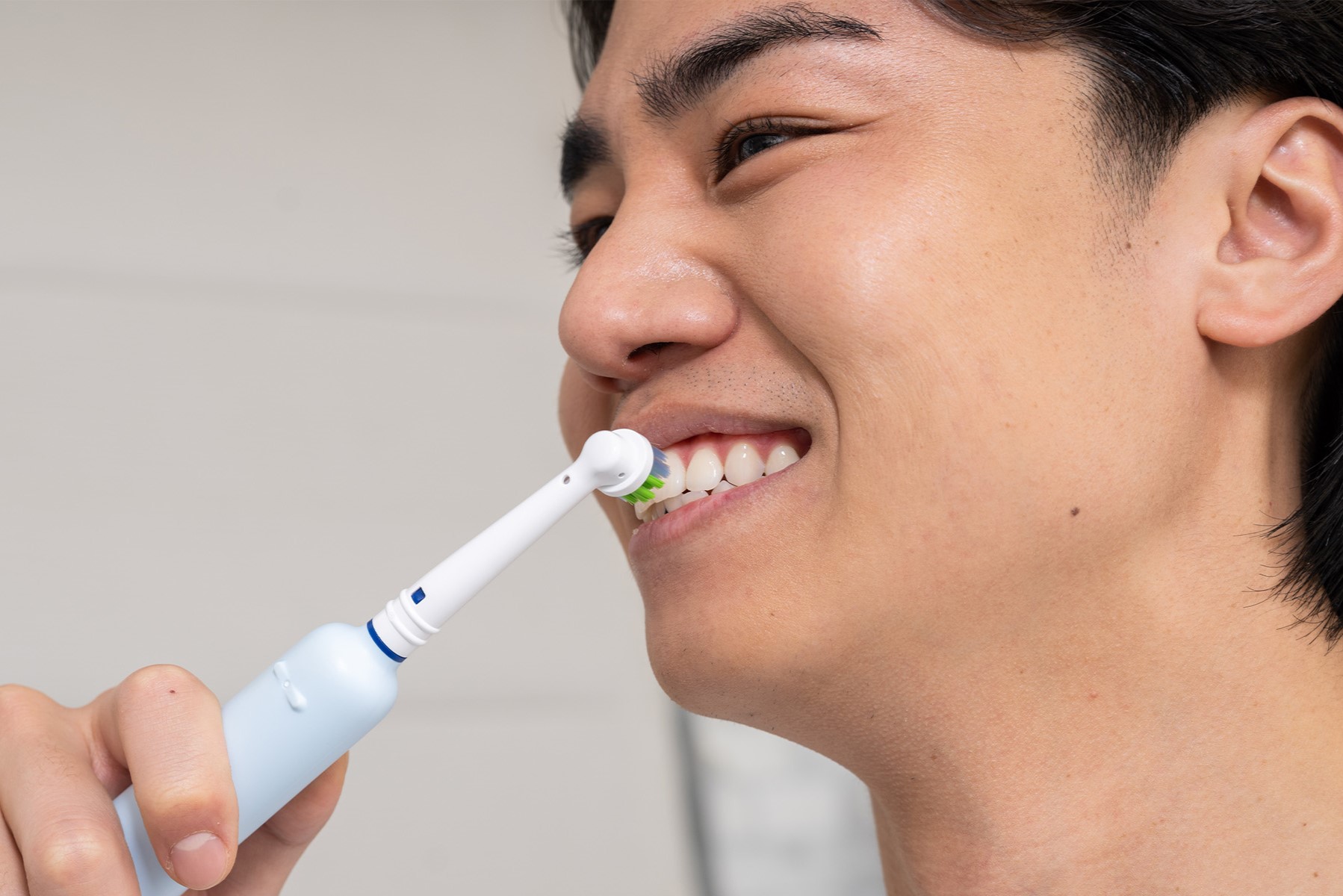
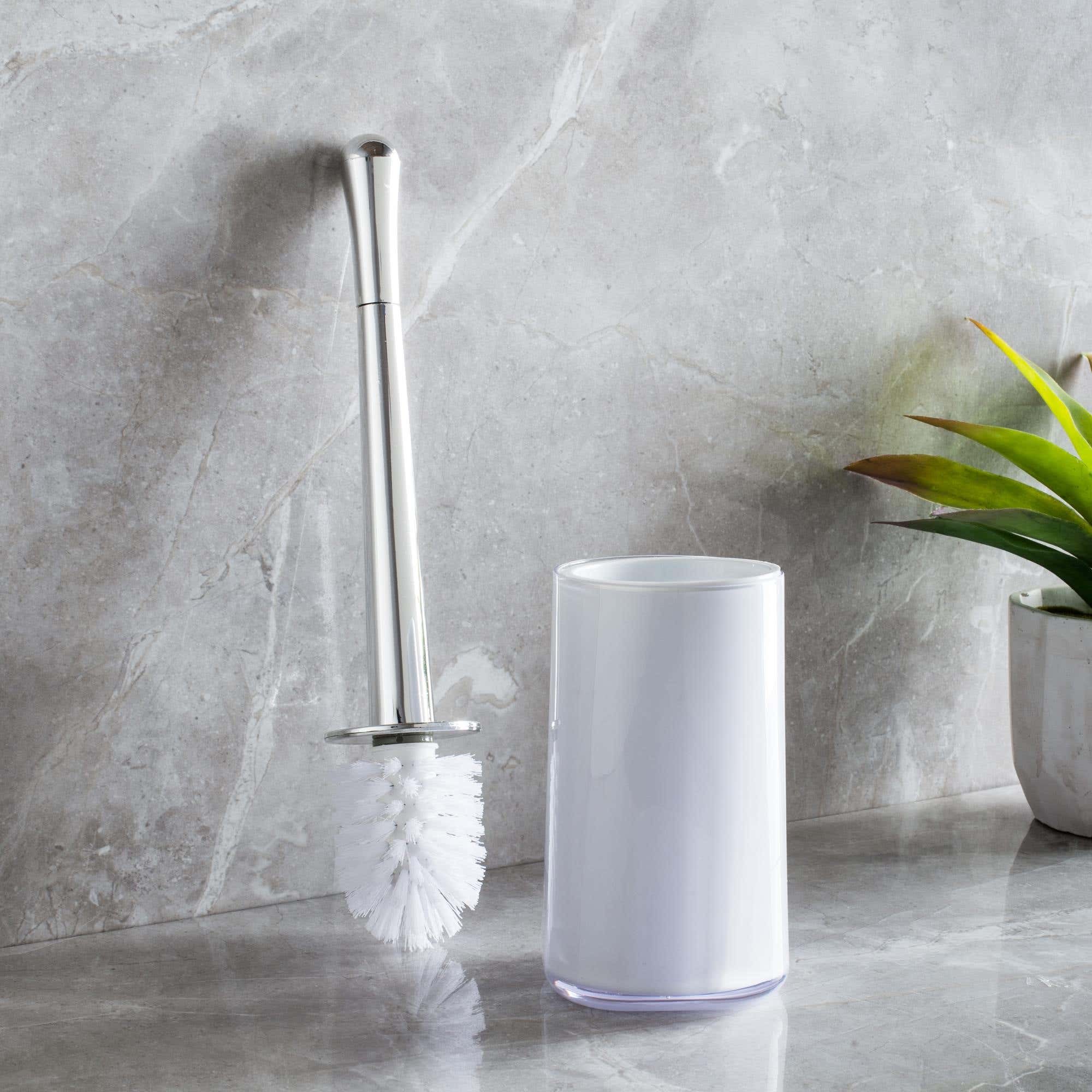
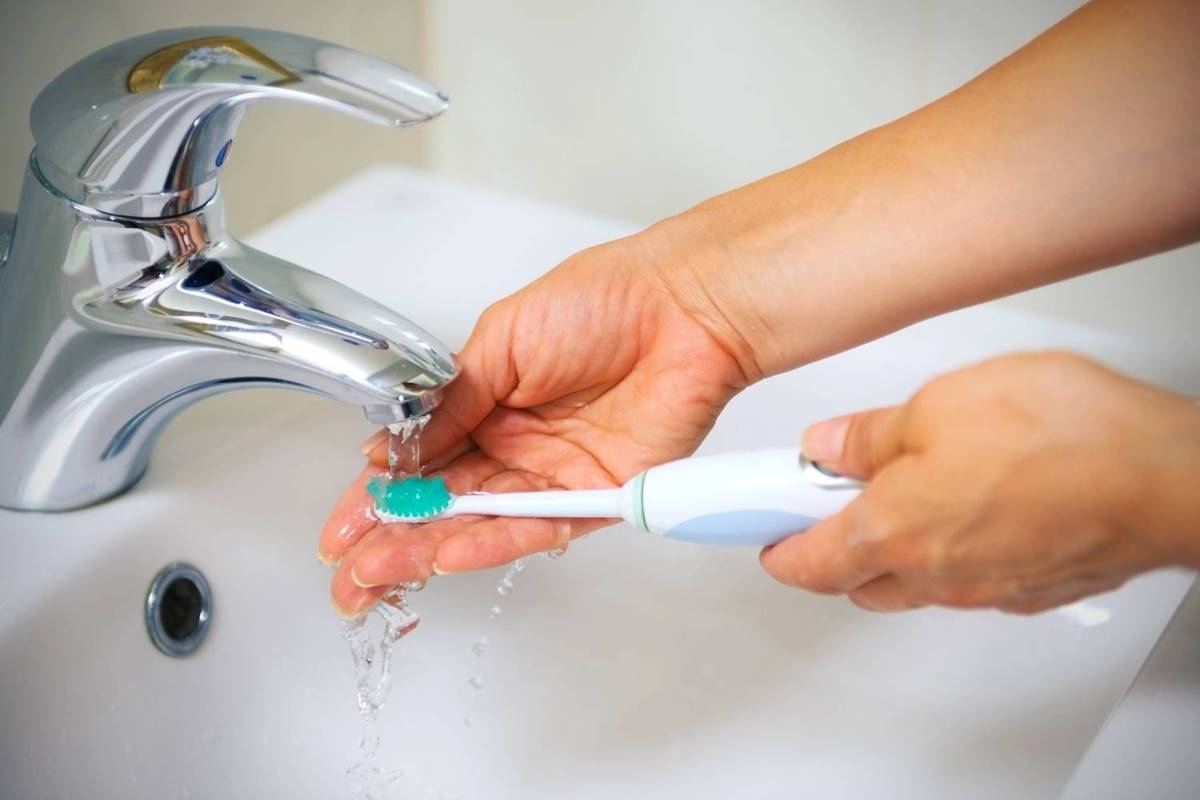

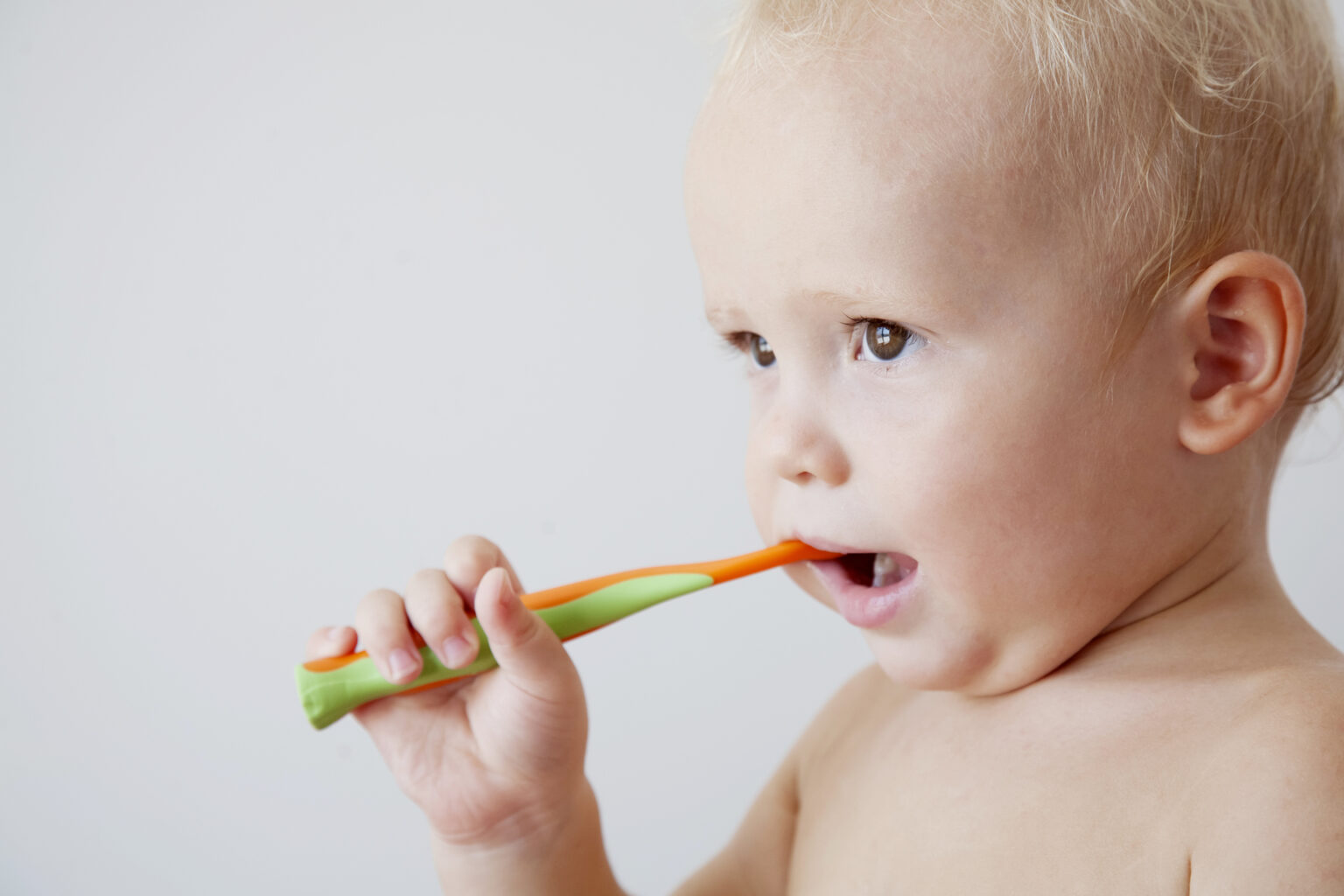

0 thoughts on “How To Brush Your Tongue With A Toothbrush”